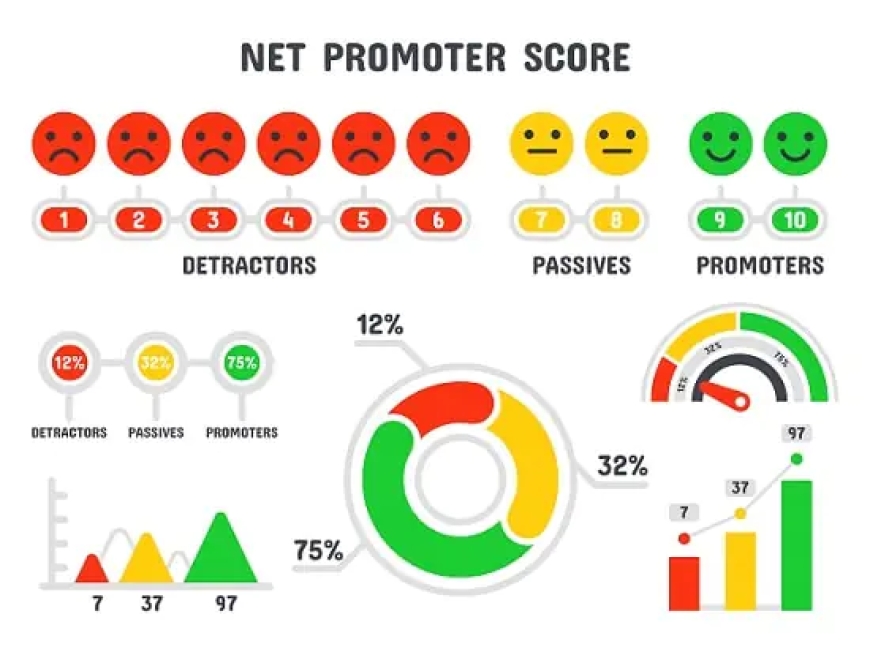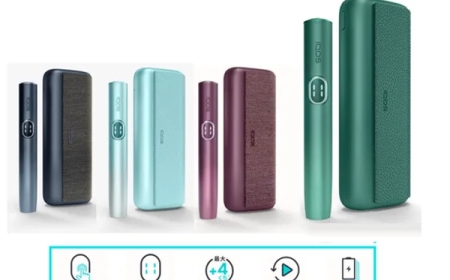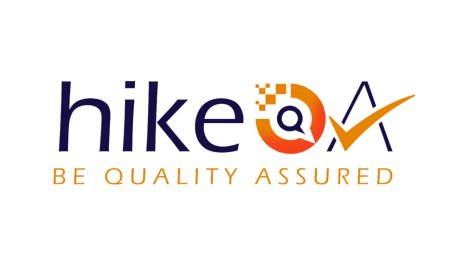Building Better Connections: How Professional Forms and Survey Examples Shape Local Business Growth
A guide on using professional forms and survey examples to collect feedback and strengthen local businesses.

For small and local businesses, every customer interaction counts. Whether it's feedback on a service, insights from an event, or ideas from your employees, structured data collection can guide better decisions. Thats where professional forms come into play. These forms go beyond simple contact templates; they help businesses gather the right feedback at the right time. And when paired with smart survey examples, they become a powerful tool for building relationships and community trust.
Lets explore ten key challenges that businesses face with feedback collectionand how thoughtful solutions, real-world examples, and strategic implementation can help overcome them.
Lack of Response Clarity
One of the most common challenges is receiving vague or incomplete answers. Unclear questions lead to poor insights.
Tip: Use specific, concise language in your forms. Instead of asking, What do you think about our service? ask, Which aspect of our service needs improvement?
Example: A neighborhood bakery used a customer satisfaction form with tailored questions about product freshness and staff behavior. It resulted in a 25% increase in detailed feedback.
Survey Fatigue
People are overwhelmed by lengthy or repetitive surveys, leading to low completion rates.
Tip: Keep it short and focused5 to 7 well-framed questions are usually enough. Use progress bars and estimated completion time to set expectations.
Example: A local fitness studio reduced its member exit survey from 15 to 6 questions and saw a 40% increase in completion.
Technical Complexity
Complex forms can frustrate users, especially those less comfortable with technology.
Tip: Use drag-and-drop builders or form plugins with mobile-responsive templates. Test forms across devices.
Example: A community health clinic simplified its appointment feedback form and improved mobile usability, resulting in a 60% increase in submissions.
Lack of Incentives
Customers often need a reason to participate in feedback surveys.
Tip: Offer small rewards like discounts, loyalty points, or entry into giveaways without making it feel transactional.
Example: A local bookstore offered 10% off the next purchase for survey completion and doubled its monthly feedback volume.
Poor Timing
Sending surveys at the wrong time can reduce relevance and recall.
Tip: Trigger surveys at key momentsimmediately after a purchase, delivery, or event.
Example: A family-run catering business embedded a feedback form in their post-event thank-you email and received valuable comments within hours.
Misaligned Goals
Collecting data without a clear purpose leads to unhelpful responses.
Tip: Define the goal for each formimproving service, launching a new product, or refining operationsand build questions around it.
Example: A local music school created a targeted form to assess interest in online classes, which helped them successfully launch a virtual program.
Overuse of Open-Ended Questions
While open-ended questions offer depth, too many can overwhelm respondents.
Tip: Use a mix of rating scales, checkboxes, and one or two open-text areas.
Example: A flower shop restructured its feedback form to include one open comment and four multiple-choice questions. Completion rate rose by 35%.
Ignoring Feedback Data
Collecting responses without acting on them breaks trust.
Tip: Regularly review feedback data, highlight key trends, and share updates with your community.
Example: A local farmers market gathered vendor feedback and, within two months, implemented layout changes that improved foot traffic and customer satisfaction.
Lack of Personalization
Generic forms dont reflect the specific customer journey.
Tip: Use conditional logic to tailor questions based on previous answers or user history.
Example: A neighborhood caf used form logic to show different questions to regular customers versus first-timers, yielding more relevant insights.
Poor Follow-Up
Not acknowledging feedback discourages further participation.
Tip: Always thank respondents, and when possible, inform them of how their input was used.
Example: A local pet groomer shared monthly We Heard You updates in their newsletter, which led to higher engagement and stronger client loyalty.
Conclusion
Using thoughtful professional forms and relevant survey examples helps local businesses build trust, improve offerings, and create meaningful experiences for their community. According to a 2023 Statista report, 64% of customers are more likely to return to a business that actively seeks and acts on their feedback. This is not just about collecting dataits about listening.
Why is NPS important in this journey? Because it provides a quick pulse on customer loyalty, guiding small businesses toward continuous improvement. When used alongside well-designed forms, it paints a clearer picture of where support is strongestand where changes are needed.







































